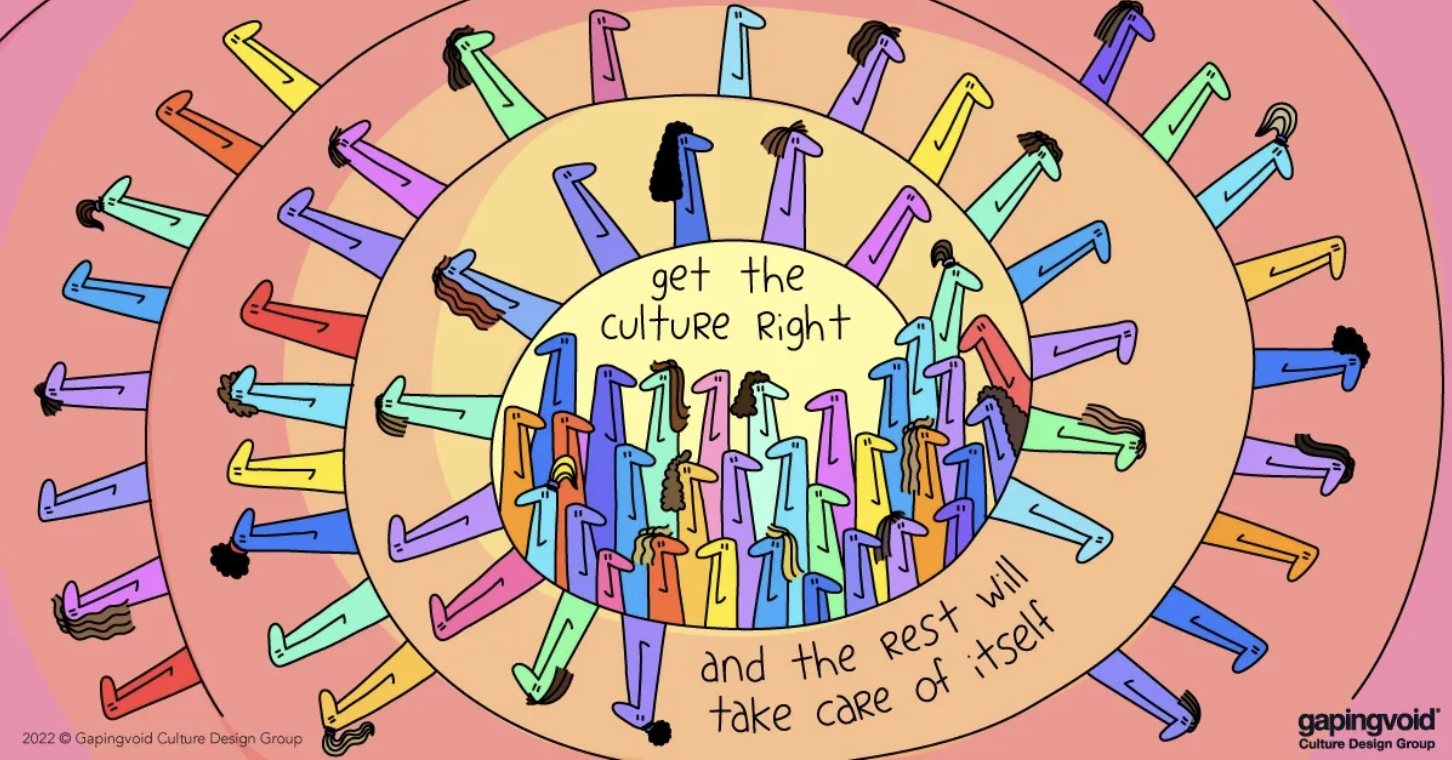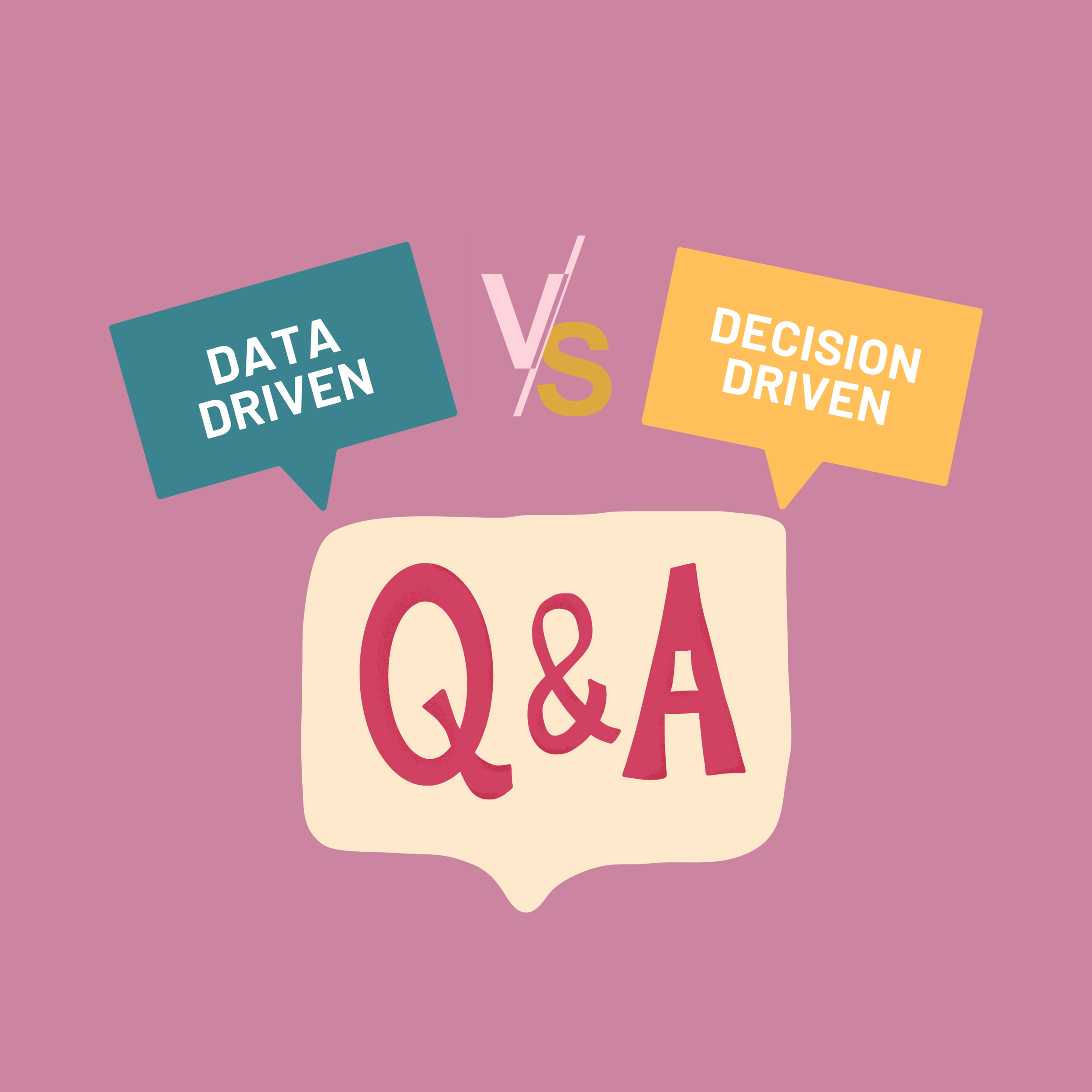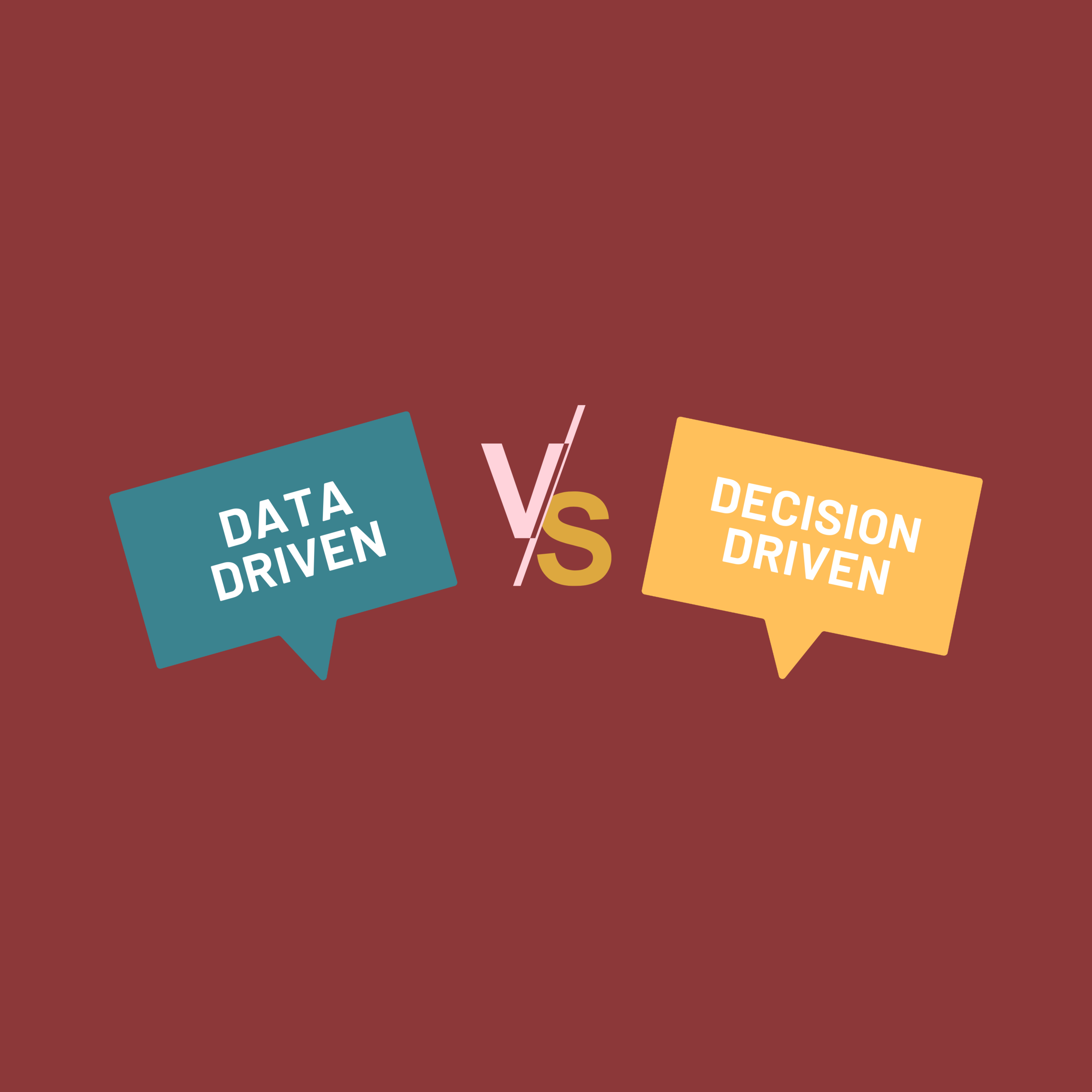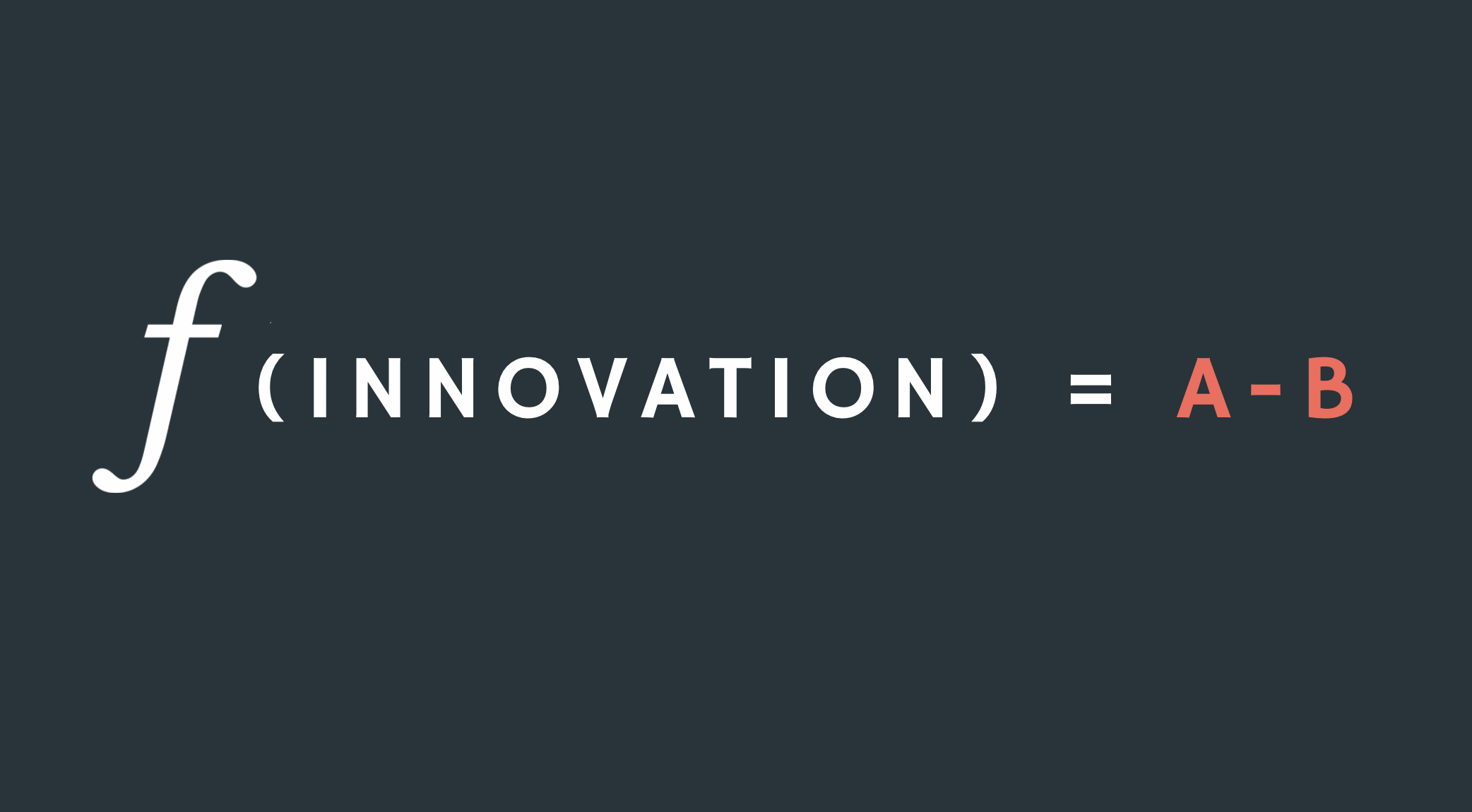How to Build a Data Science Team
Building a data science team is like building a house. You start with architecture and location. Much, much, much later, you hire a plumber. So for data science, why do so many companies hire techies first?
This is the first of four articles on how to create a data science team using the team-building framework espoused in 1965 by psychologist Bruce Tuckman: Forming, Storming, Norming, and Performing. Starting with forming a data science team from scratch.
But first, let’s examine the basics: what is a data scientist? Data science requires 14 wide-ranging skills. Some they’re unicorns—a perfect one doesn’t exist. 14 Data Science Skills gives an accurate but misleading list of skills:
Data Science Fundamentals
Statistics
Data Manipulation and Analysis
Programming (Python, R, Java, SQL)
Data Visualization (BI tools, dashboards, graphs, etc.)
Machine Learning
Deep Learning
Data Engineering
Software Engineering
Model Deployment
Communication
Storytelling
Structured Thinking
Curiosity
What’s wrong with this list? The order. The most important skills are listed last.
The Forming Stage
Contrary to common belief, the first job of data science team isn’t scientific, it’s humanistic. Its about forming questions, not finding answers. Its about curiosity, not certainty. So, at the beginning of your data science journey, hire for curiosity, communication, storytelling, and structured thinking, not technical acumen.
Throughout this series, I’ll use data science to explain data science teams. This Spider Chart shows the skills needed to form a data science team. Listening and curiosity rank high; merely basic technical skills are needed first.
Click to expand
Many get this wrong. It’s sadly common for executives to hire Python coders to answer questions that don’t matter. Indeed, the absence of programmers forces the right things to happen.
Jeff McMillan, Chief Analytics and Data Officer of Wealth Management at Morgan Stanley, is a champion of this philosophy. Jeff built his data science team around human connection and curiosity. McMillan explains that communication, not programming, is the lynchpin of good data science.
McMillan maps his team to the business mission, not technical skill. He also embeds data scientists with their partners, not in a centralized group. Joe knows portfolio management, Simone knows annuities, and Colin knows ETFs… That’s where they live and work.
* * *
This approach to forming a data science team is counterintuitive to many. Most writing on data science features technology. This orientation sets data science on the wrong path.
McMillan reminds us that “with data science, the single most powerful driver of client satisfaction is a phone call.” His point: humanity matters most. If you use Morgan Stanley’s blueprint, you’ll form your data science team with curiosity, communication, storytelling, and structured thinking.
Not coding.
In other words, don’t hire a plumber before you design the house.






























